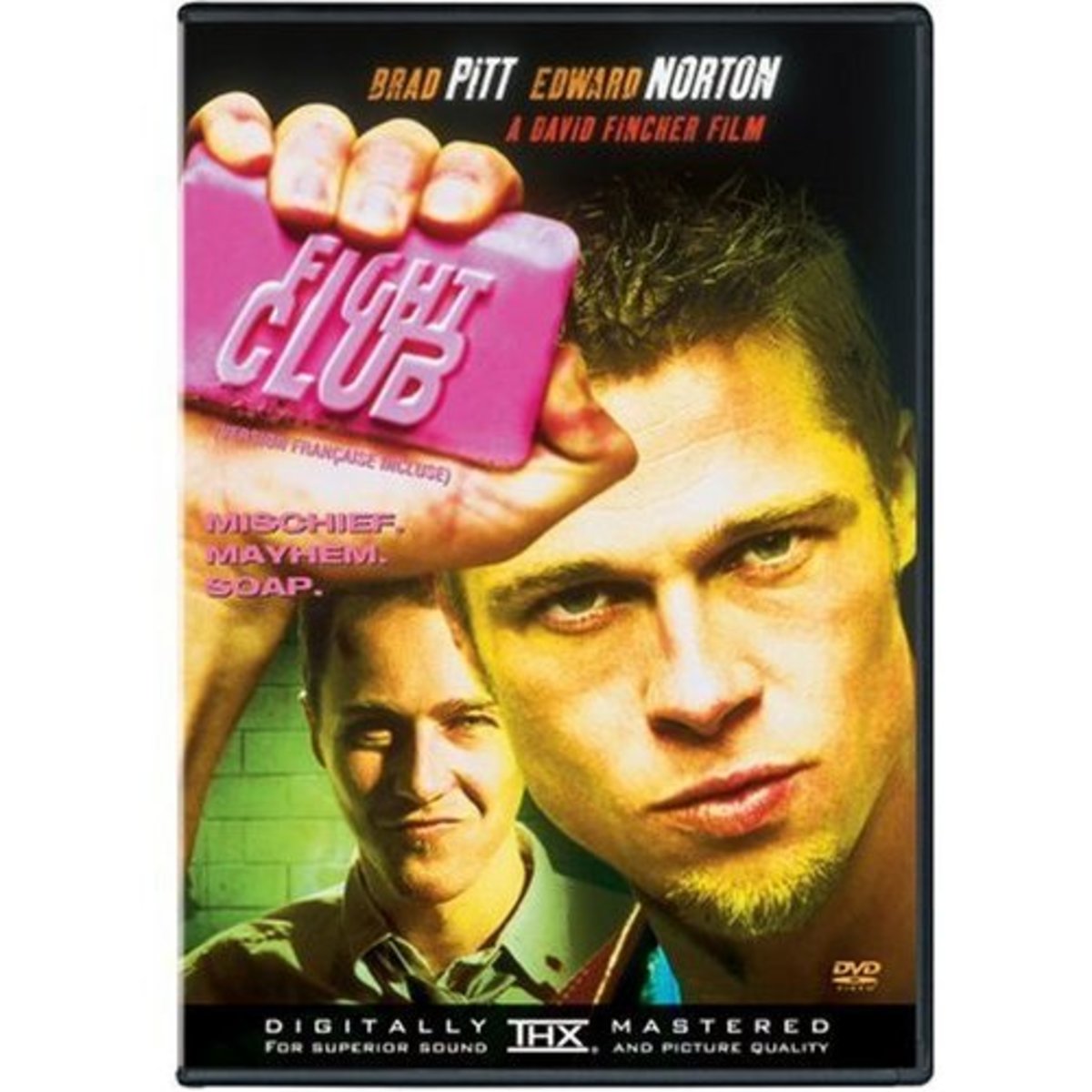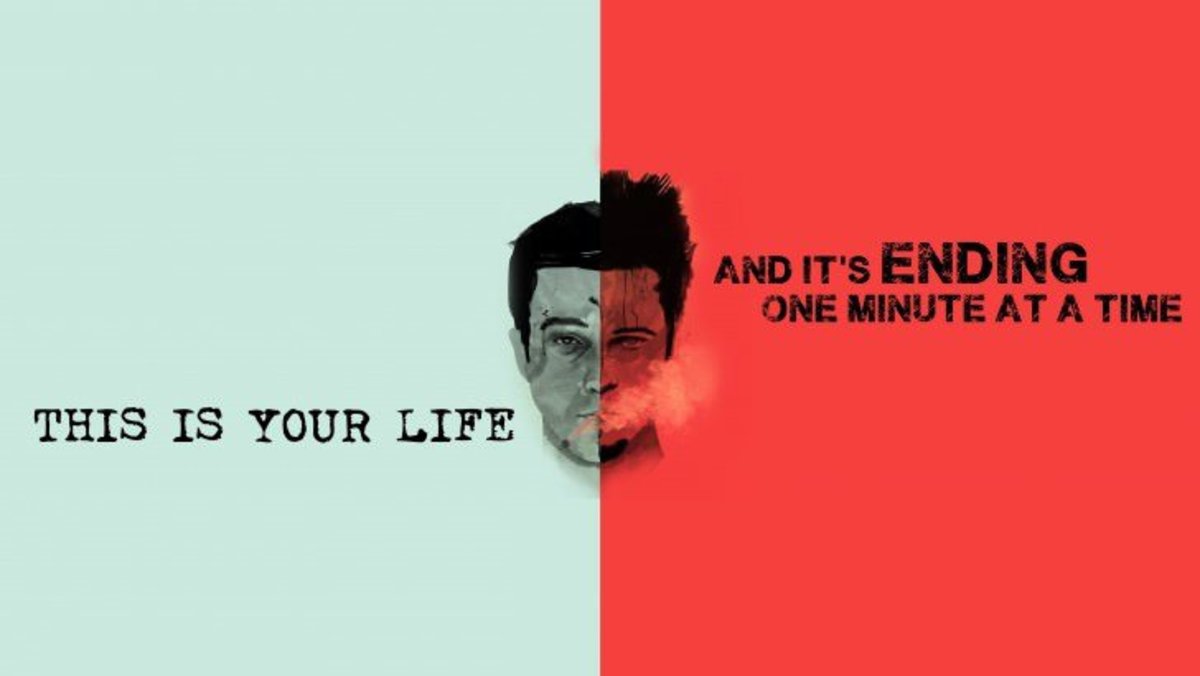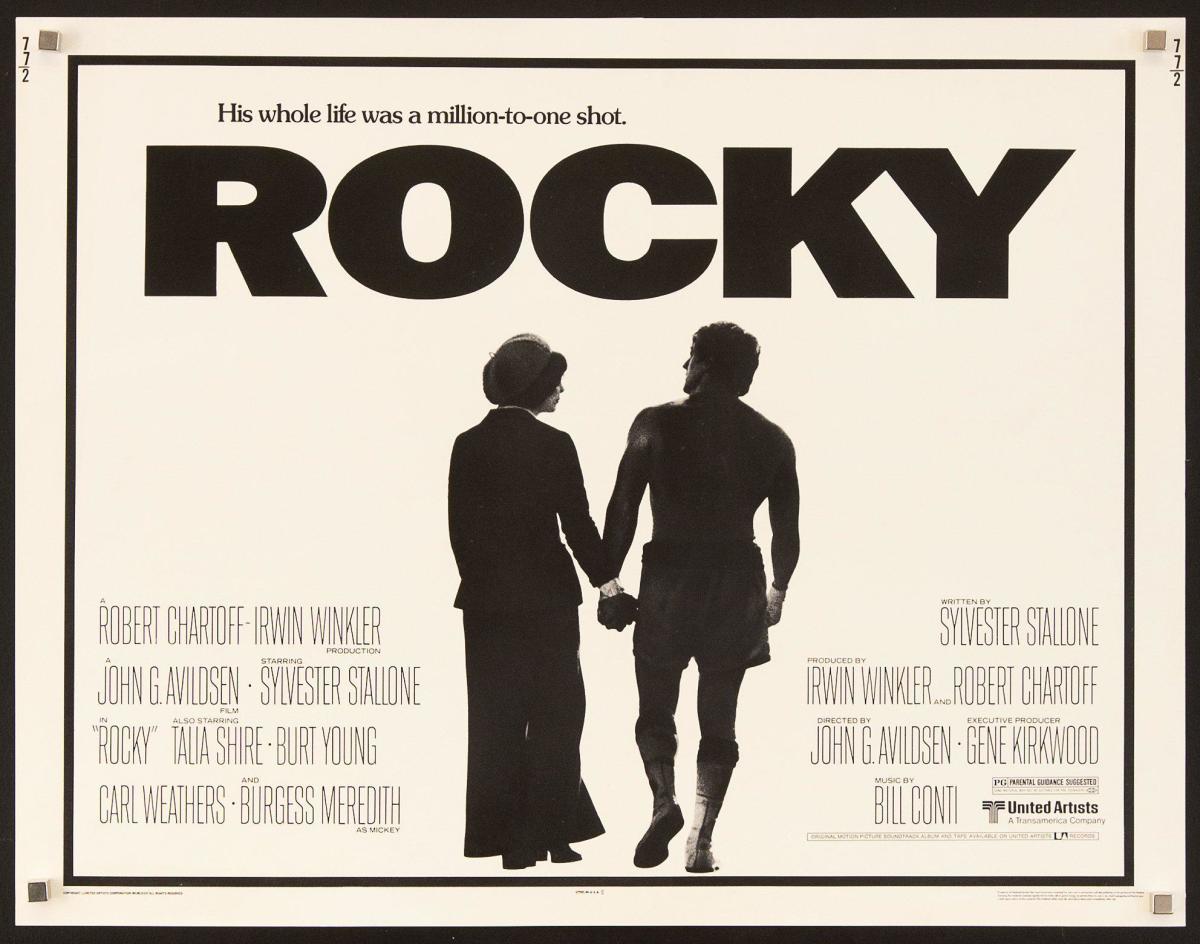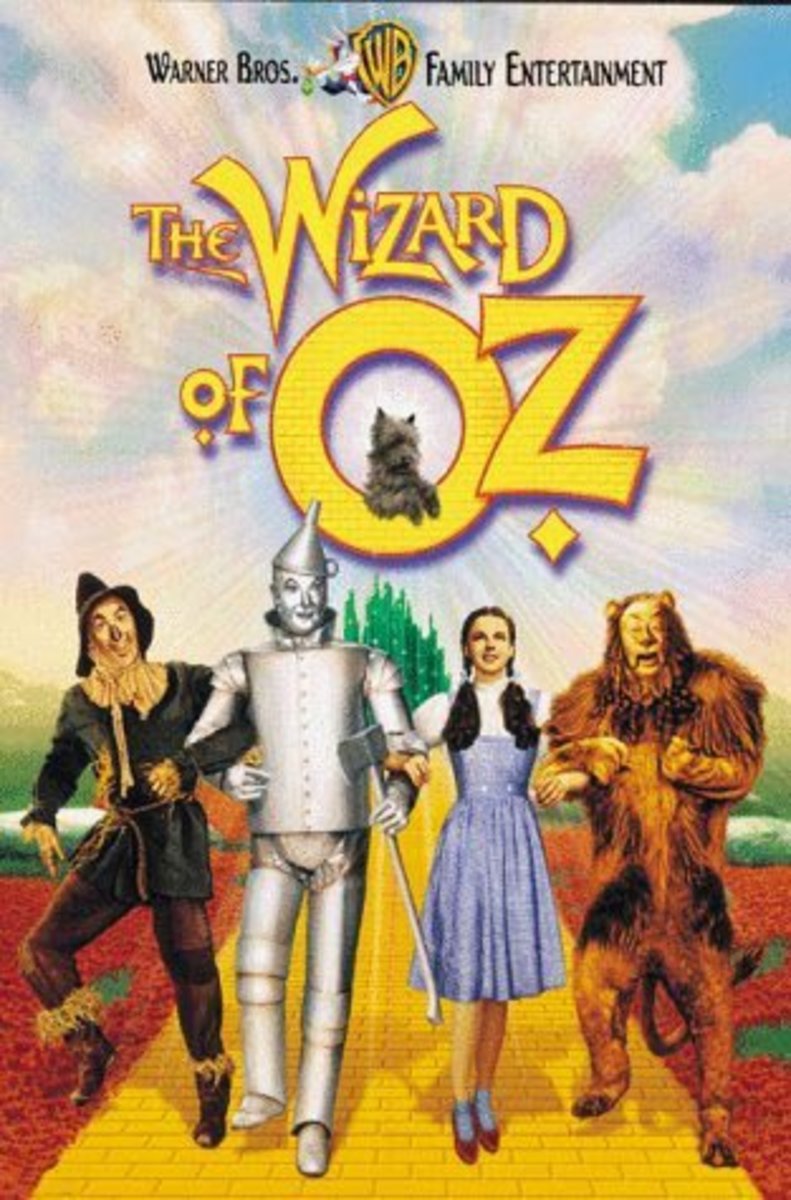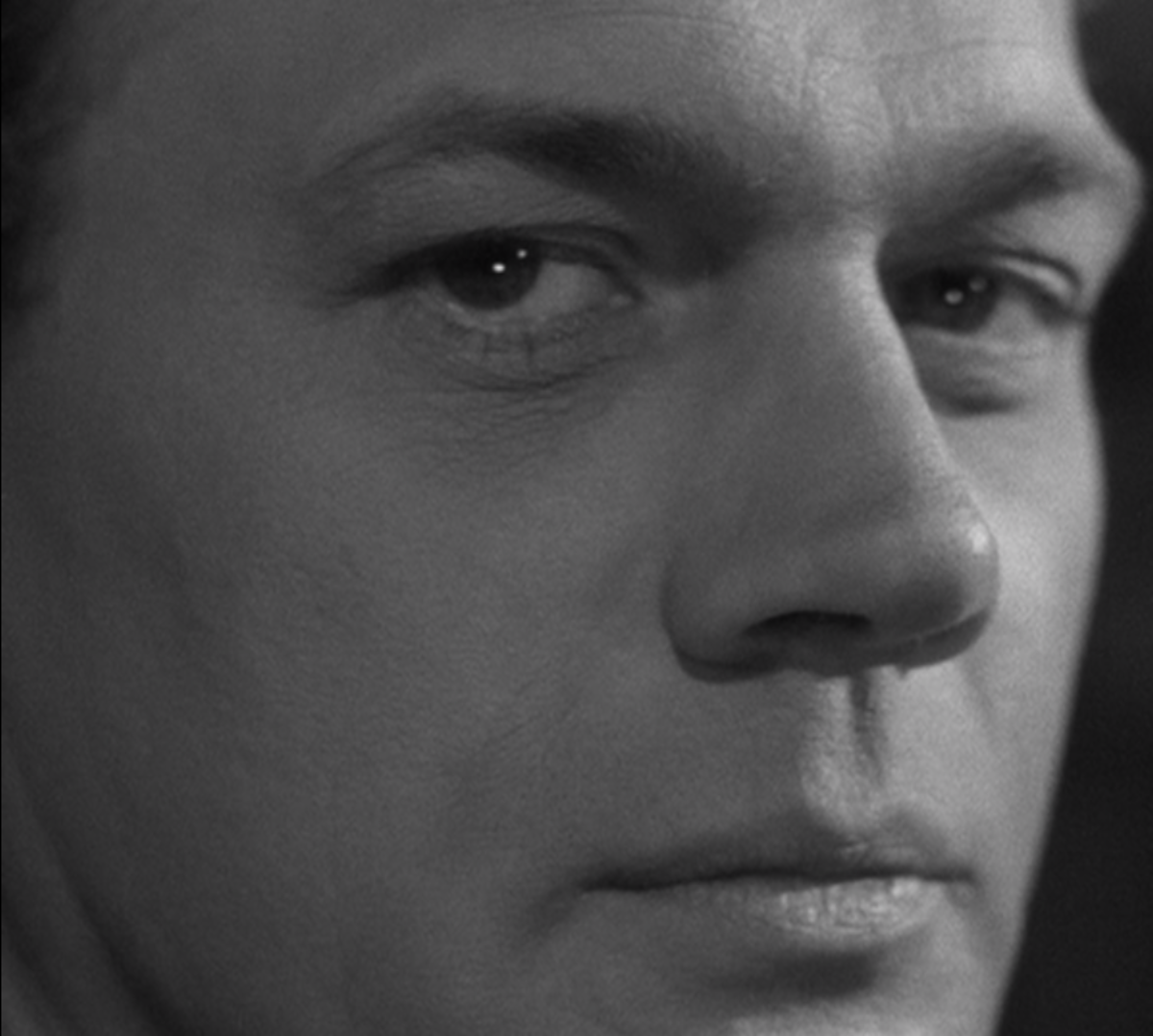Ah, the 90s: Fight Club (1999)
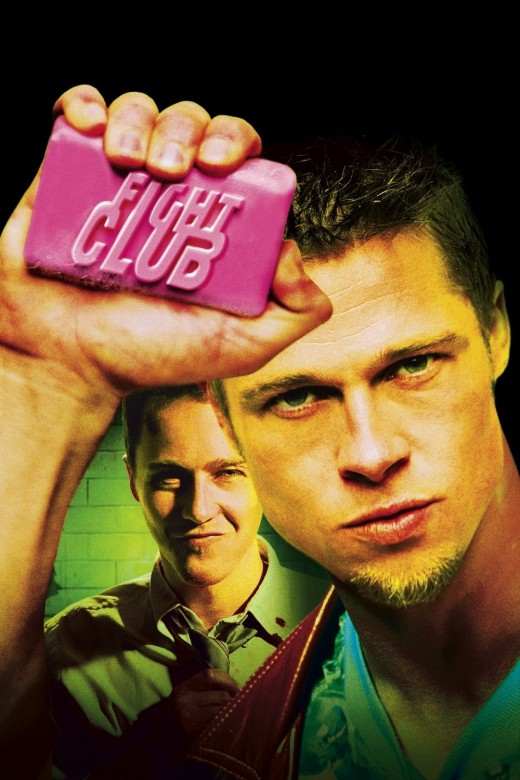
Director: David Fincher
Cast: Brad Pitt, Edward Norton, Helena Bonham Carter, Jared Leto, Meat Loaf Aday
I’ve seen Fight Club twice now. The first time I didn’t like it at all. The second time I appreciated it more, but I still didn’t really care about it. I guess I can see why so many people like this movie now, and if it spoke to you in a way that made you love it, great. It didn’t really speak to me. I enjoyed the first hour of it well enough, but started to get really tired of it after it reached a certain point.
Based on the novel by Chuck Palahniuk, the movie stars Edward Norton as an unnamed character who works for an automotive company. He hates his job, suffers from extreme insomnia, as well as a strong case of self-pity. His doctor recommends that he attend a support group for men who’ve survived testicular cancer, so he can get a glimpse of what real misery is. There he meets a character named Robert Paulson (Meat Loaf), who has not only been de-balled, but has huge man breasts (or “bitch tits,” as the Norton character calls them) as a result of his operation.
These earlier scenes are easily the best in the film. The Norton character provides dry and humorous narration over the proceedings as his characters goes about his days at work and orders things from catalogs that he doesn’t really need. “I’d flip through catalogs and wonder: What kind of dining set defines me as a person?” he tells us at one point. He, like the members of the support group he attends, has been emasculated, although it’s due to modern consumerist culture rather than a cancer-removing operation.
Enter Tyler Durdan (Brad Pitt), a charismatic soap salesman whom he meets on a plane. He offers Norton a place to stay at his dilapidated house after Norton’s condo is blown to hell. Tyler is something of a minimalist. He sees through the whole consumerist culture, and starts a Fight Club with Norton in order to free him from the modern world and reclaim his masculinity. The first and second rule of Fight Club is that you can’t talk about it, which seems like a pretty pointless rule to establish since Tyler begins setting up fight clubs all across the country later in the film.
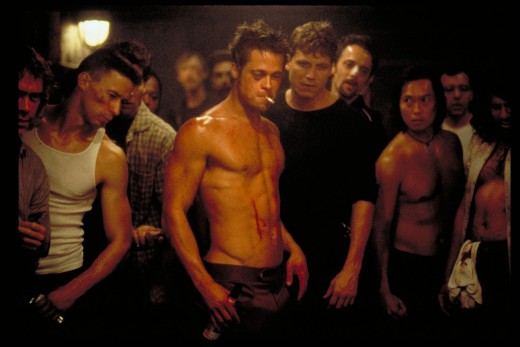
The first hour of the movie features some of the film’s best laughs (such as when Tyler, working as a film projectionist, splices in pornographic clips into showings of children’s films), as well as some of its more disgusting gags (Tyler apparently makes his soap by stealing human fat from a liposuction clinic). The satirical jabs the movie makes at Consumerism are quite sharp (just listen to Norton complain about his destroyed condo to Tyler during a scene at a bar), and the dilapidated house where Tyler and Norton’s character stay is a masterpiece of art direction, production design, and set decoration.
The second half of the movie is where I started to have problems. The Fight Club that seemed to make men feel free and their own person turns into a cult, with followers who appear brain washed and perform acts of terrorism simply because their leader tells them to. If the modern world enslaves men, then the members of Fight Club have done nothing but trade in one form of enslavement for another. Maybe that’s the film’s message: That the modern world not only enslaves and emasculates men, but it also brings the worst out of them.
The message might have had been more effective if there was a consistency in tone. The first half of the movie is witty, observant, and satirical. The second half is dark and heavy-handed, with silly bits of dialogue like “I felt like destroying something beautiful,” and random scenes thrown in that can only be described as dumb.
Take the scene where Tyler roughs up a guy who I think was a mafia crime boss so he can keep the underground location of the Fight Club (a location which the mafia guy owns). Tyler beats and chokes the guy until he agrees to let them stay, then the mob guy runs off, never to be seen again. I’m sorry, but I’m not buying it. A guy like that is gonna come back with reinforcements to take revenge against the guy who humiliated him.
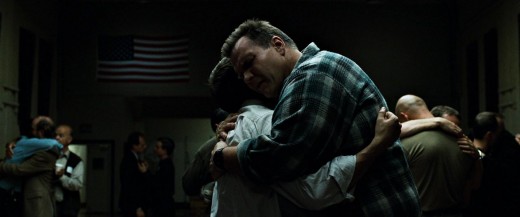
Then, there’s the film’s twist. I didn’t buy it at all the first time, and I still don’t buy it now. It just feels too much like a gimmick, and if you think about it, it leaves one too many holes in the plot (if we’re really supposed to believe the twist, why would anyone want to join Fight Club in the first place?). The twist leads to a scene in the end where a character (I won’t say who) points a gun in his/her mouth and pulls the trigger, somehow surviving the gunshot. Uh-huh.
The performances are good, but to call them award worthy (as many of the movie’s fans have said) is a stretch. Pitt is charismatic and mischievous and entertaining, while Norton is given some of the more bizarre scenes to play (such as when he beats himself up in his boss’ office), and plays them as well as could be expected. The best performance, to me, is turned in by Helena Bonham Carter, who’s cast against type as Marla, the chain-smoking, support group “tourist” who Norton can’t stand, and who frequently has loud and rough sex with Tyler at his house.
Having read the many positive reviews for this movie, I understand what people are saying, and am left wondering why this movie doesn’t hit me in the same way. Maybe I’m looking at it the wrong way. The violence didn’t offend me at all like it did with some, and it is well made and acted, and it does have more on its mind than just mindless violence. So why do I still not care about this movie? Why can’t I embrace it? WHHHHHYYYYYYY?!?!?!
The answer: It doesn’t really matter. Different strokes for different folks, I say. Many of my complaints are going to be dismissed as stupid by those who love it, and that’s fine. At least you can’t say I didn’t try. I’ve seen the movie twice now. I don’t see any reason to see it again.
Rated R for strong violence, sexual content, profanity, nudity
Final Grade: ** ½ (out of ****)


